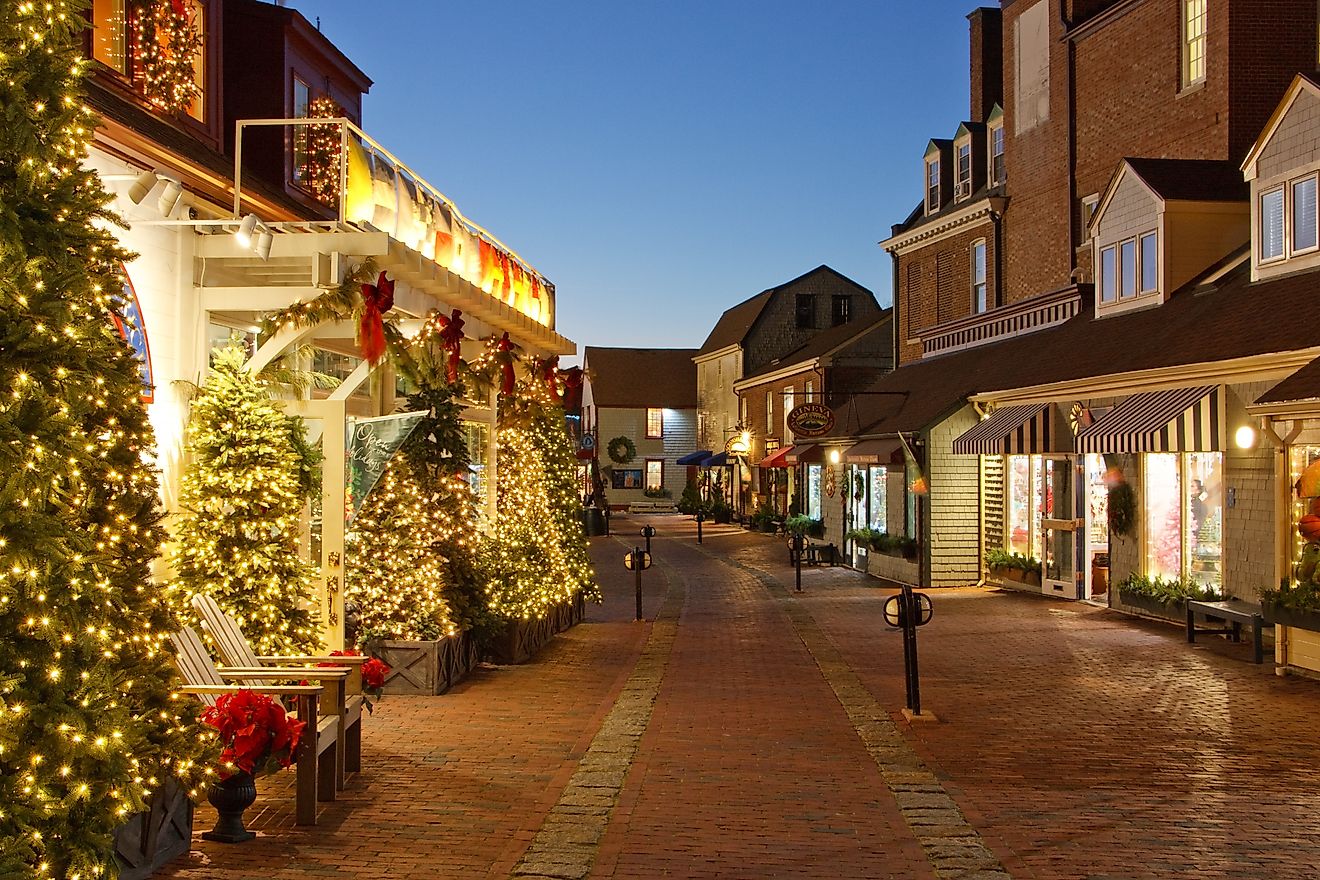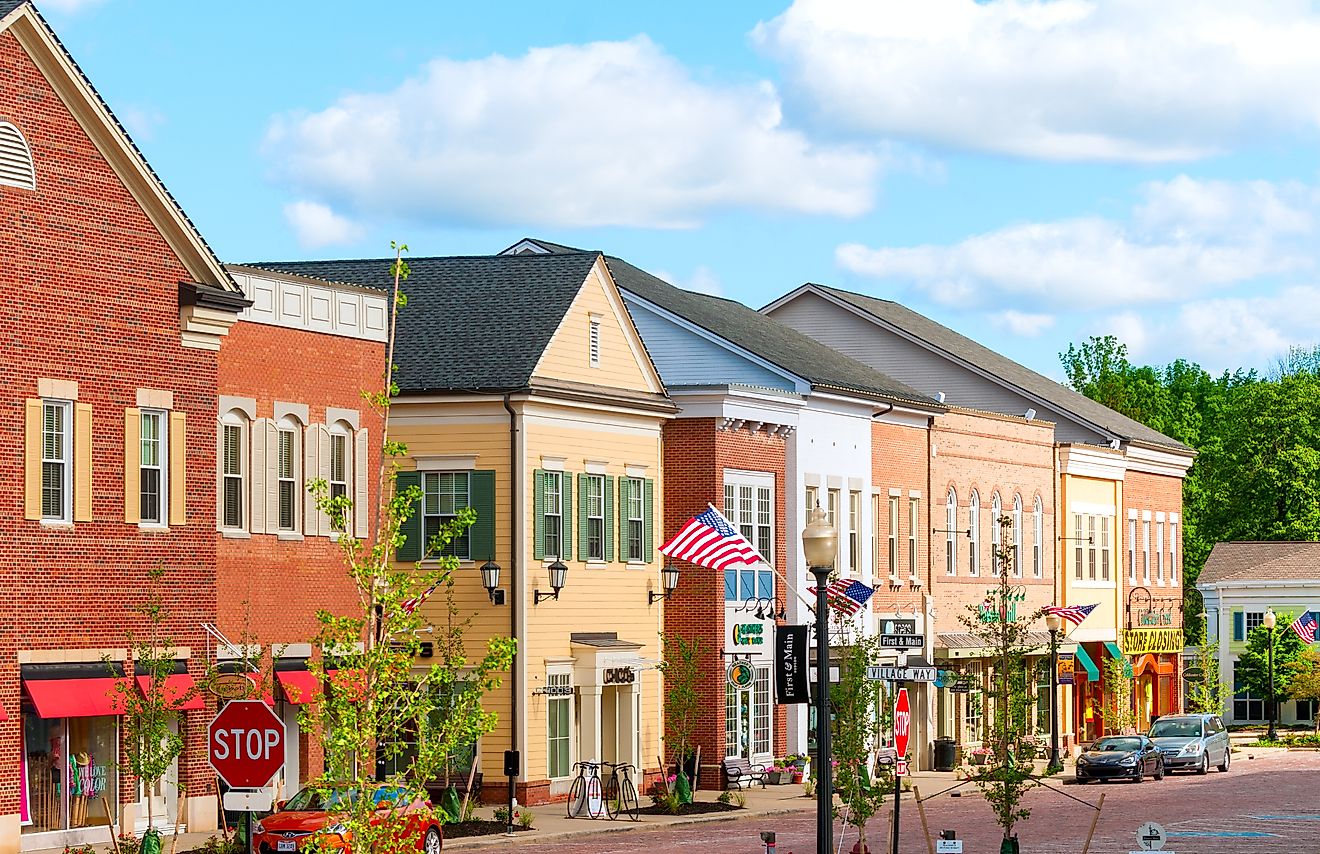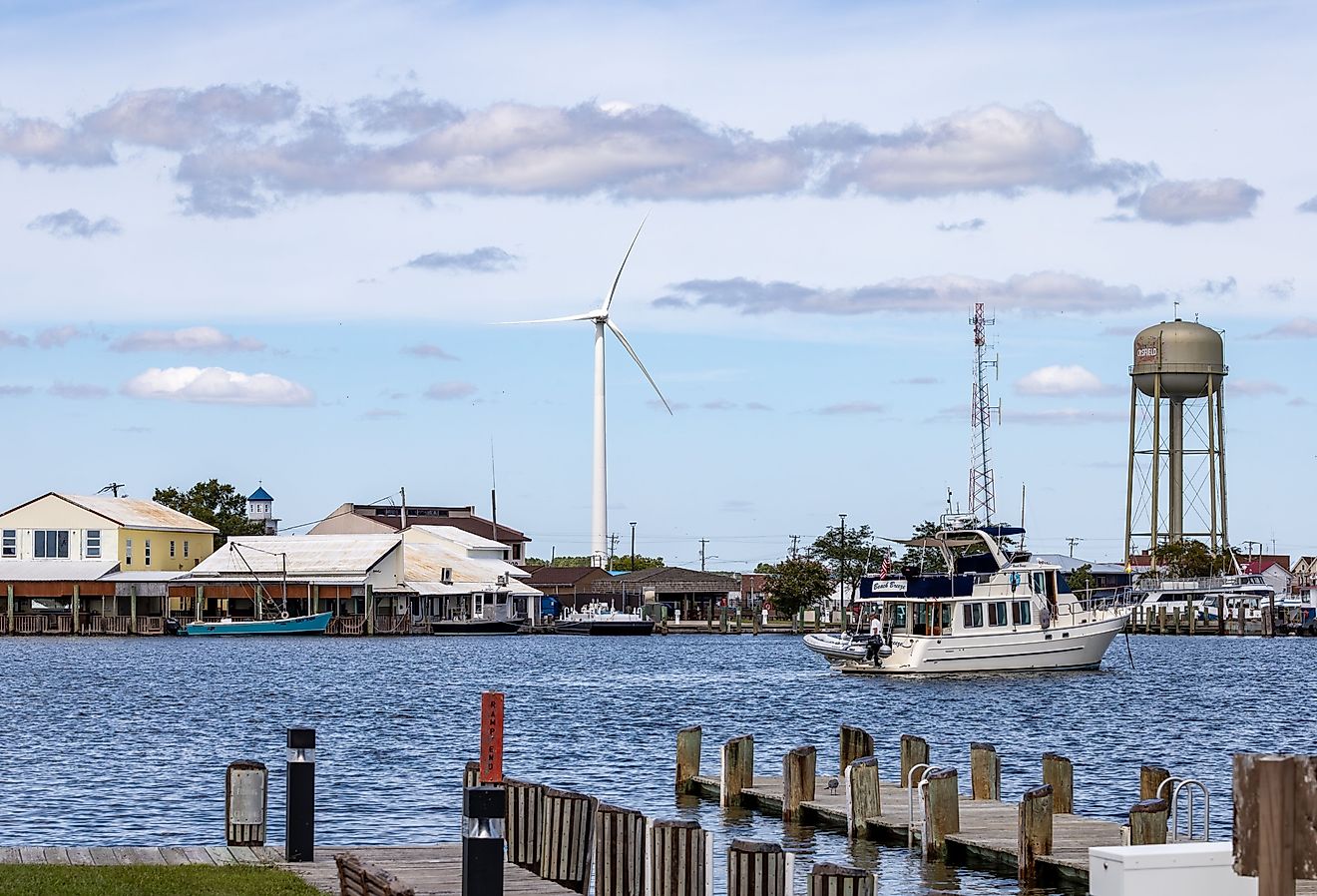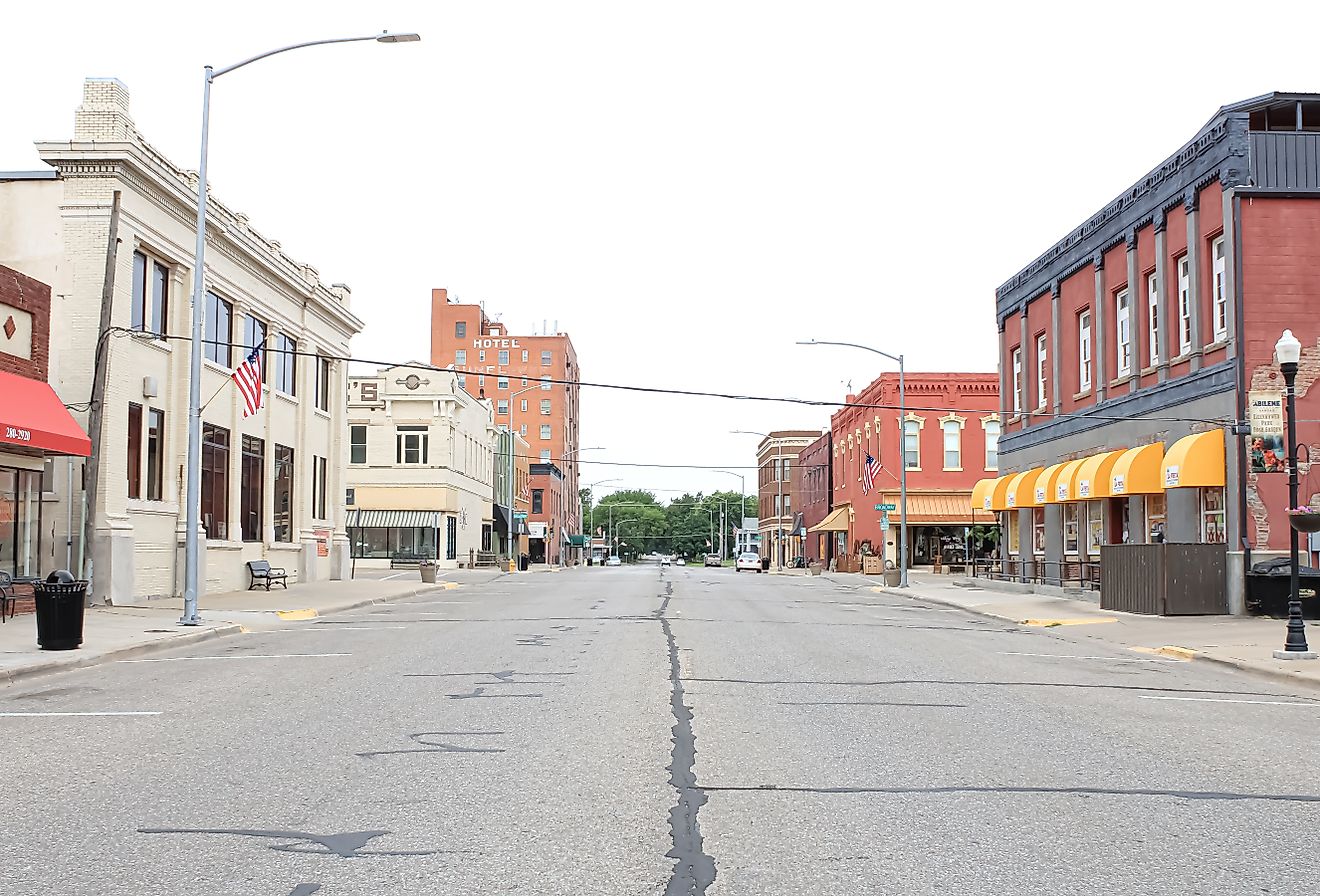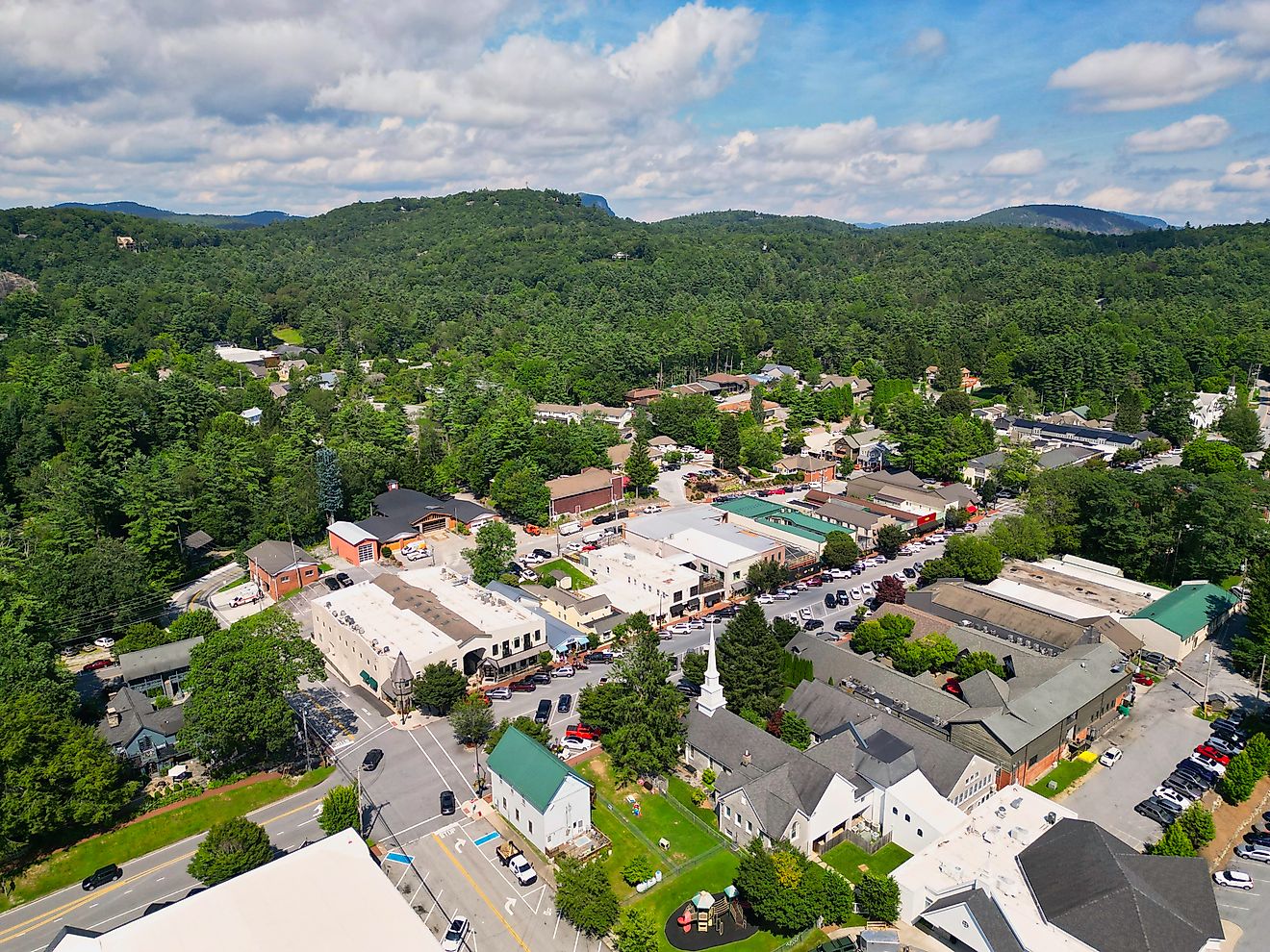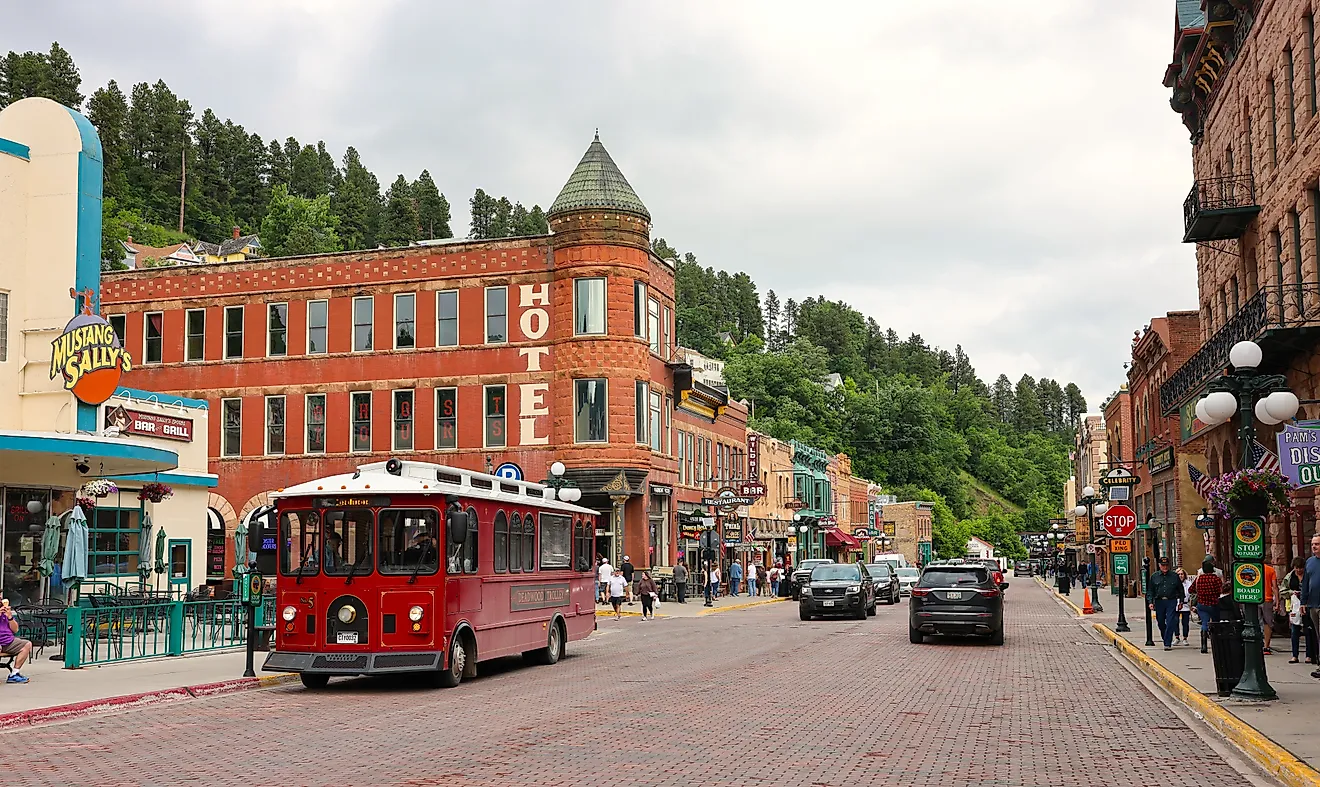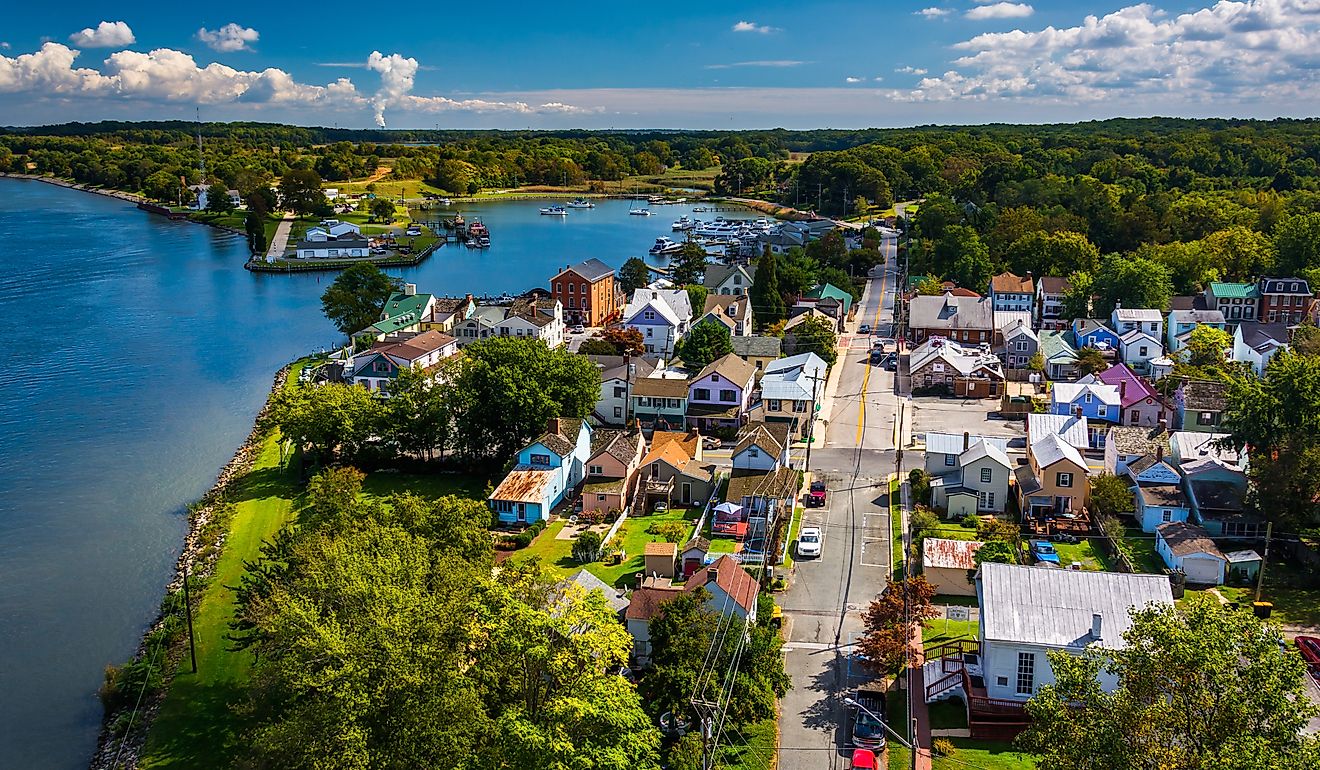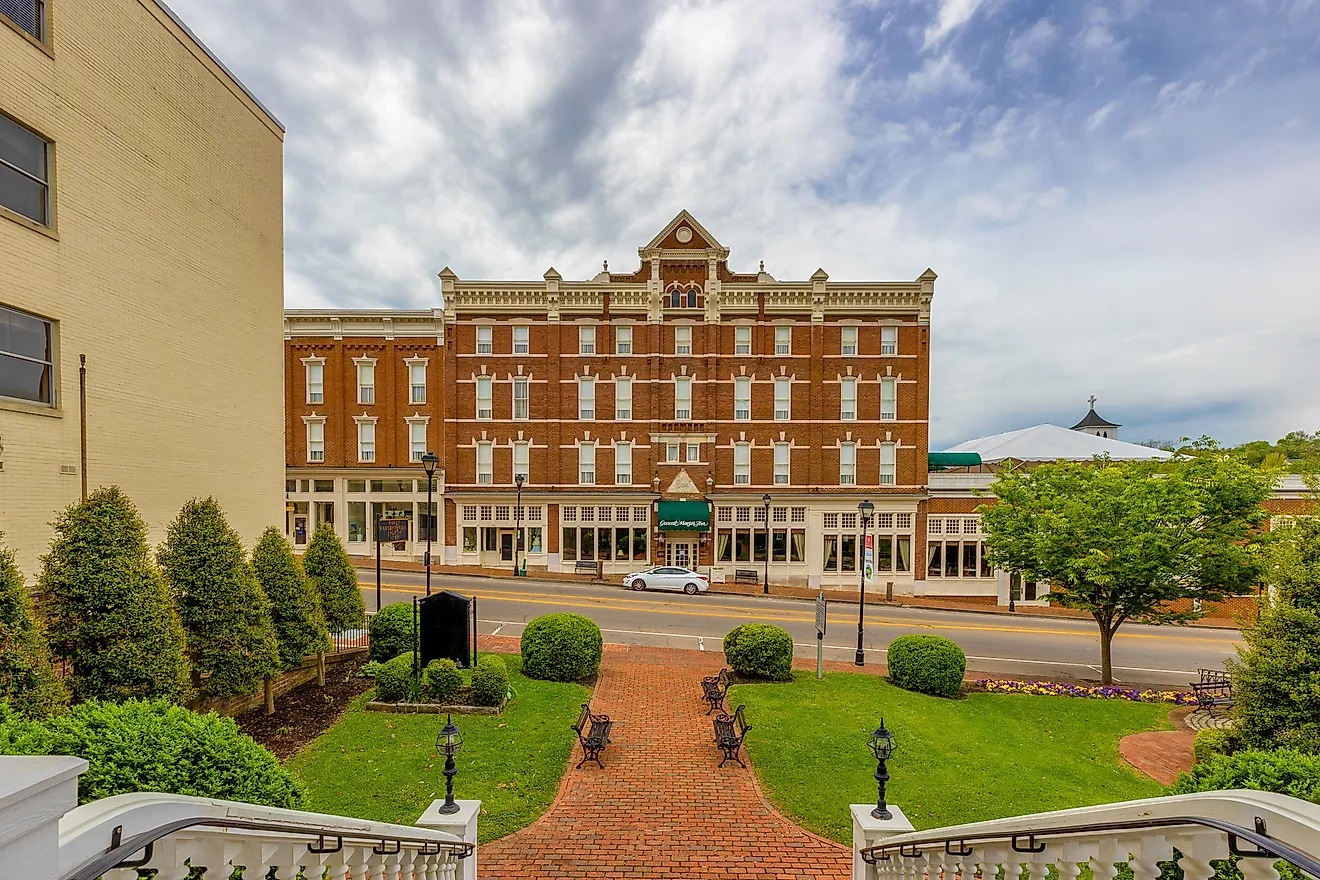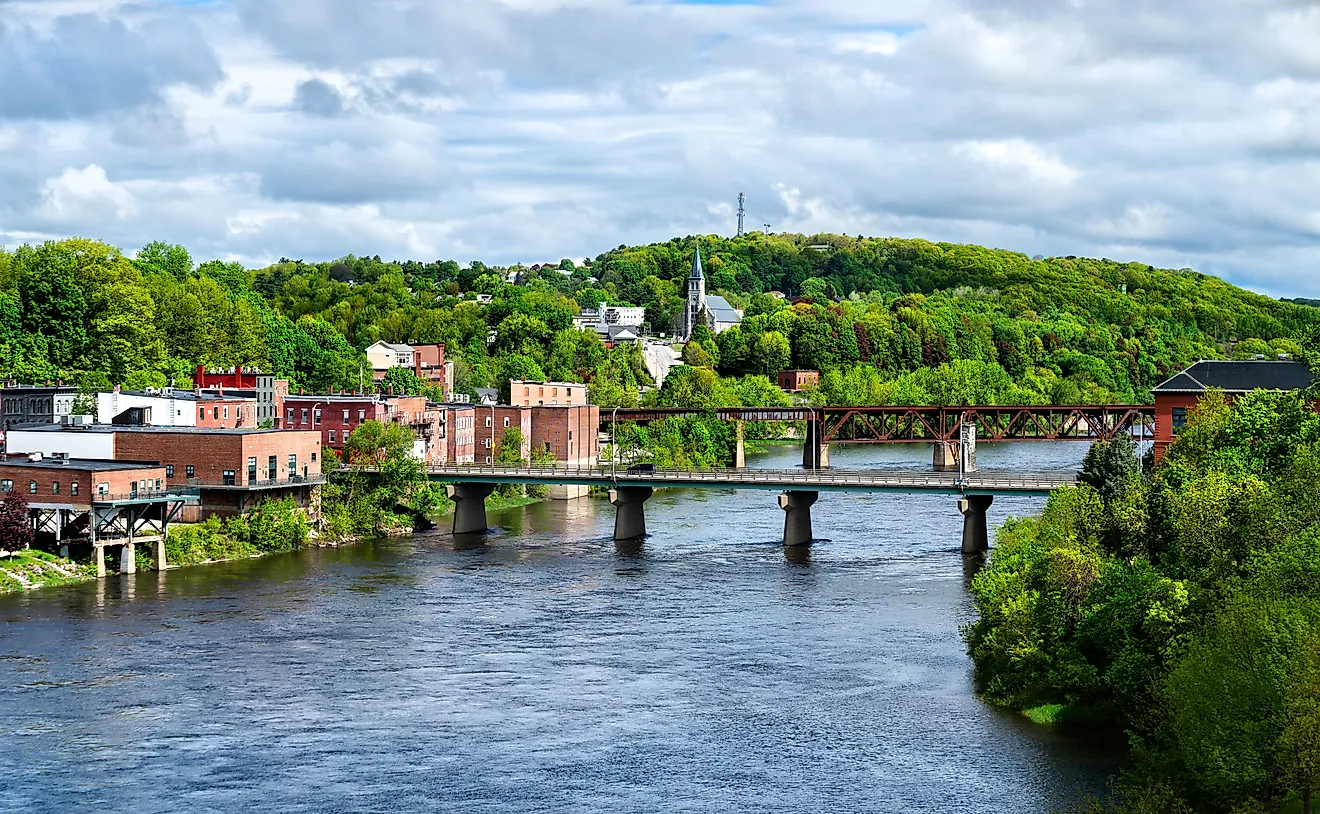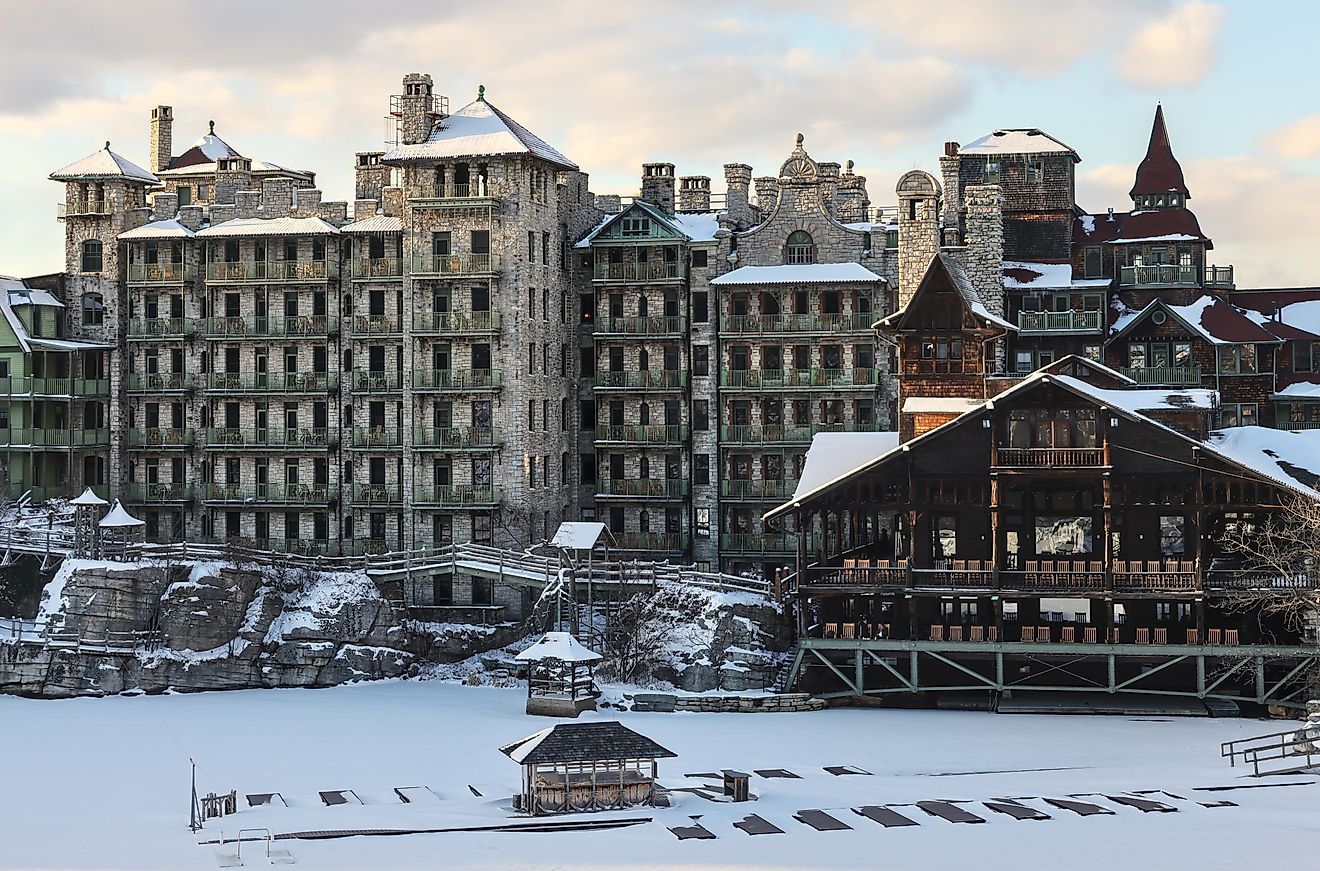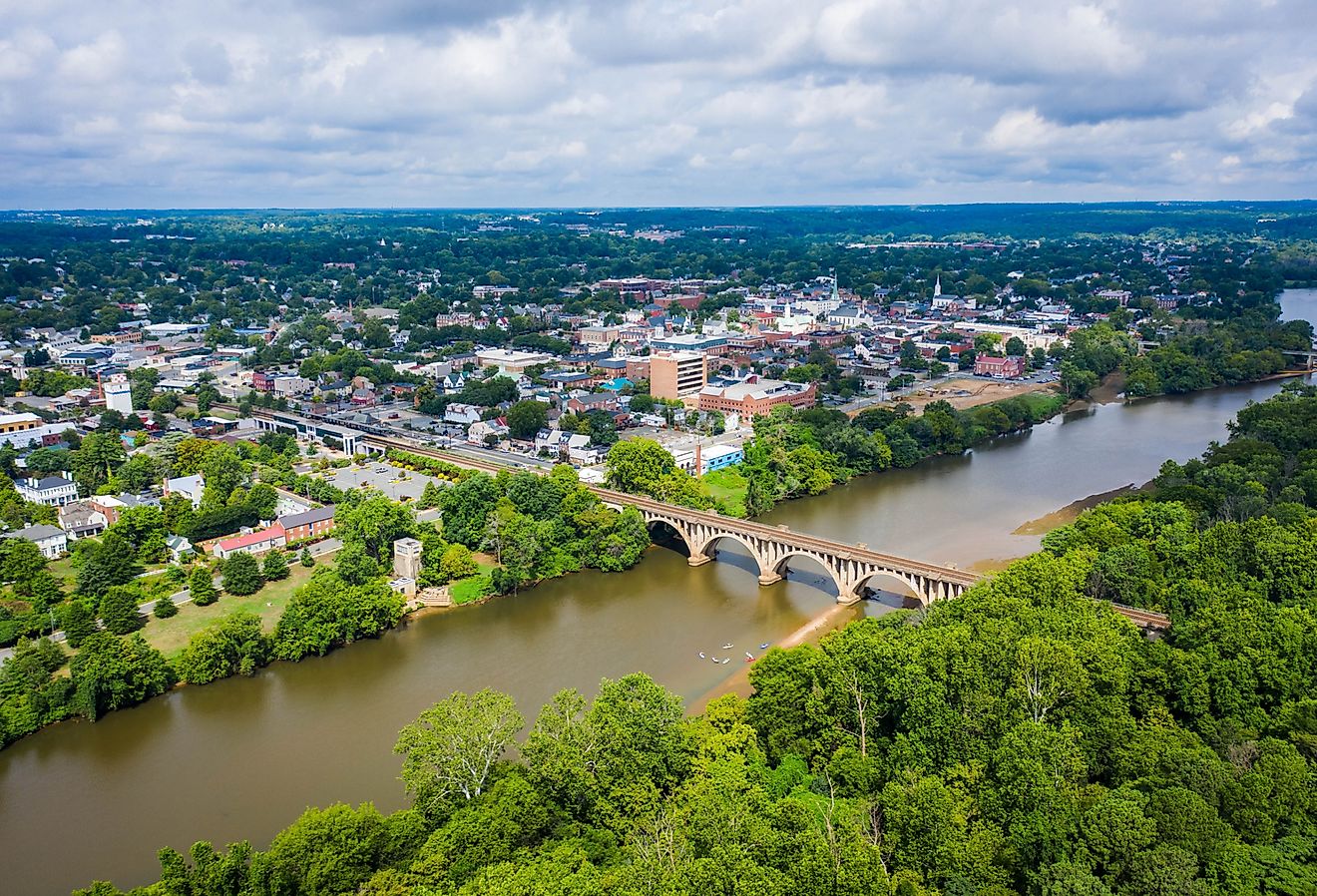
This New Jersey Town Is Older Than the State Itself
The state of New Jersey began forming its colonial identity in the mid-1600s, long before it entered the Union as the third state to ratify the Constitution in 1787. When English colonizers took control of the territory during the 1660s, they divided it into the provinces of East and West Jersey, each under separate proprietors. In an era predating the formation of a unified nation, Burlington emerged as a prominent settlement, notably organized around a grid plan, administering affairs through a local council, and cultivating vital transatlantic trade links.
Capitalizing on this framework, Burlington began in 1677 along the Delaware River, placing it among the oldest communities in what would later become the Garden State. Burlington's founding also came nearly a century before the United States gained independence and even before the birth of the Founding Fathers. As such, the town's historical weight deepens through records that reach far beyond its origin point.
Burlington’s Beginnings During the Colonial Rise of the Garden State
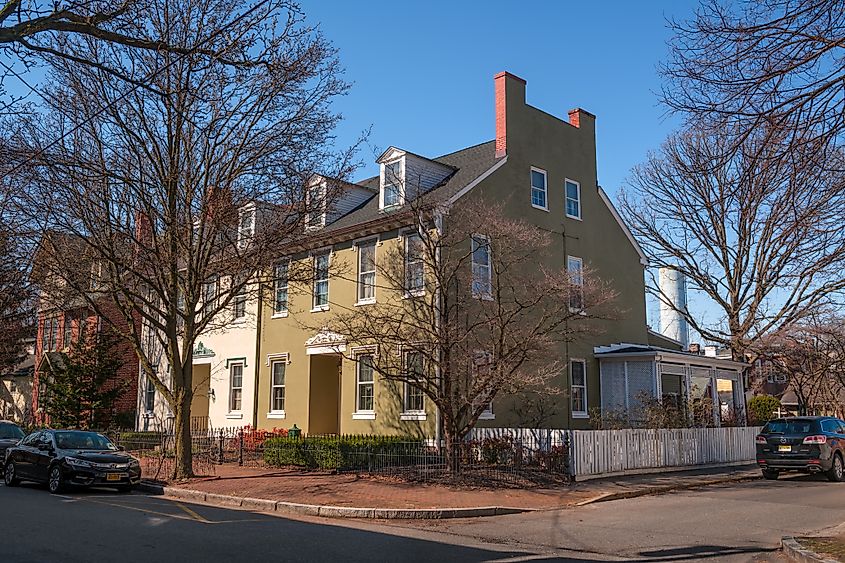
The genesis of Burlington occurred in 1677, when a group of English Quakers, under the auspices of William Penn, established the settlement during New Jersey's proprietary control. Having recently shifted from Dutch to English hands following the Second Anglo-Dutch War and the cession of New Amsterdam, the area forming the modern-day Mid-Atlantic state remained divided between East and West Jersey. Burlington fell within West Jersey and soon operated as its capital, hosting the provincial assembly and supplementing the proprietors' political maneuverings with a township governed by pre-mapped streets and legal codes rooted in Quaker ideals.
Born from its English namesake, Bridlington, the city of Burlington was incorporated on October 24, 1693, and by the next turn of the calendar, had lent its identity to the surrounding county. It would also remain the administrative headquarters until 1796, when the baton passed to the present-day county seat, Mount Holly Township. With West and East Jersey eventually merging into the single crown colony of New Jersey in 1702, nearly a century before statehood, Burlington remained far from the last to hold influence. It later shared the role of provincial capital with Perth Amboy, a pairing that preserved its relevance throughout subsequent transitions.
Burlington Rose on Trade and Stood on Conscience

When the Revolutionary War incited absolute unrest across the 13 colonies, Burlington had already logged decades of commercial, political, and religious precedence. Having long challenged imperial excess, Burlington also cultivated a vocal abolitionist presence across the Mid-Atlantic. Its role in the fight against slavery involved both a physical network of Underground Railroad safe houses and the public advocacy of social reformers like William J. Allinson, who used his pharmacy to promote emancipatory ideals.
This legacy survives through the Burlington County Historical Society, which maintains a research library and archive collection spanning generations of political, shipping, and religious activity. All of this gathers beside the valley, where the Delaware River continues to flow past the present-day town, even as time has revised the harbor it once sustained.
Historic Designs That Still Hold Ground Centuries Later
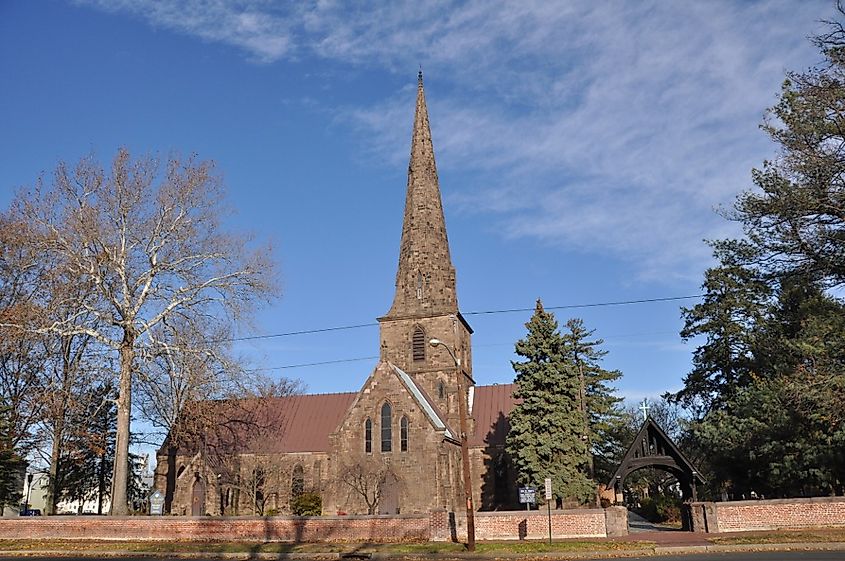
Burlington’s footing along the Delaware River propelled its rise not only through commerce and maritime enterprise but also by premeditating the structure to support advanced civic purposes. From the late 17th century, its earliest layout incorporated features facilitating public exchange, ferry docks, and official matters. Over time, that foundation produced a streetscape fashioned as much by intent as by utility. Within what now forms the High Street Historic District, this intent remains readable. The late 18th-century James Fenimore Cooper House—currently closed to tours for renovation—is one of several mansions once held by prominent families and now repurposed as public venues.
Just a few blocks away, St. Mary’s Episcopal Church, first founded in 1703 before going through renovation the following century, rises in full Gothic Revival fashion. Across the river, Burlington Island entered the town’s domain through colonial land charters, ascending in public use before later falling under shared jurisdiction. Decades afterward, the Burlington-Bristol Bridge lifted the town’s reach beyond ferry traffic with a vertical span that still elevates to accommodate river passage.
Crowning Burlington’s Past in Present Day
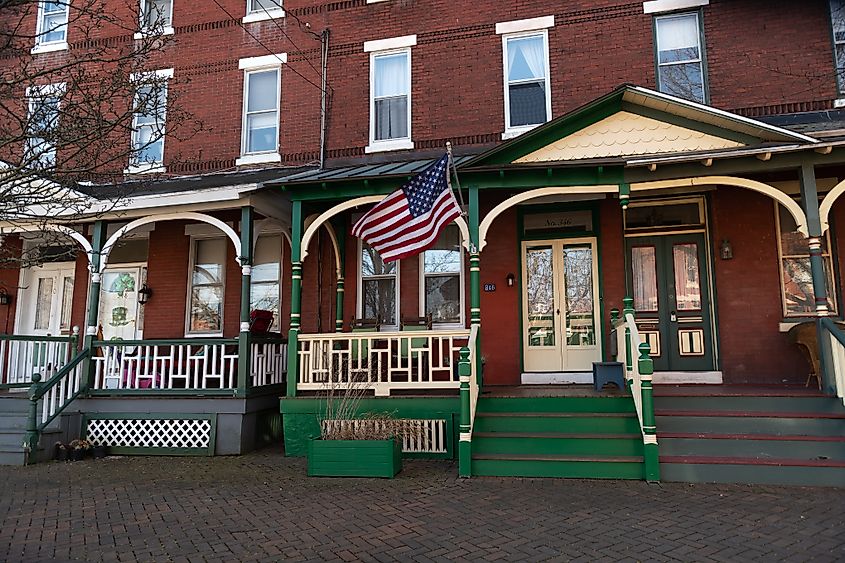
Burlington’s path belongs to one of the earliest colonial phases, when British control, religious enterprise, and early American self-governance first crossed paths. During its formative years, maritime trade drove the city's economy through regular transatlantic sailings, with goods exchanged between its docks and English ports. Hundreds of years later, the city, which today has a population of around 10,000 residents, earns admiration not just for its history but for how its character continues to guide local pride.
Burlington celebrates its roots each year during the Wood Street Fair, where colonial-era drills, heritage craft displays, and carriage rides help connect festival goers to centuries of civic tradition. Proceeds from the event often support the continued preservation of Revell House, one of the town’s most prized and New Jersey’s oldest mansions, dating back to 1685. Far from serving as an ornament, the house, like Burlington itself, enlightens a past that never retired, only refined. Together, these landmarks serve as architectural records of the ambitions that first laid the groundwork for municipal life in Burlington and the Garden State.
